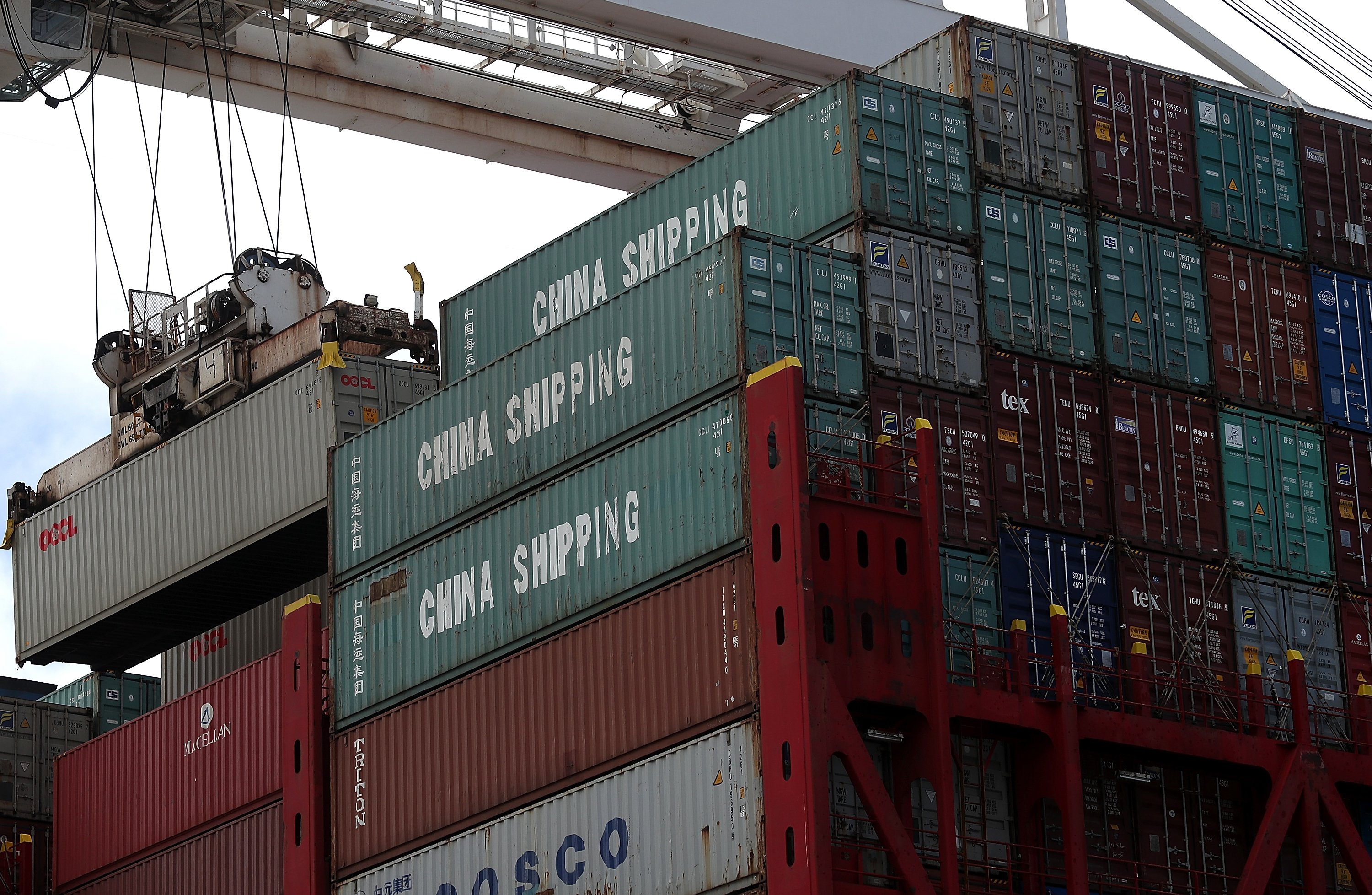
The trade war between the US and China grew more tangled this week as President Trump announced a delayed timeline for imposing a new tariff on Chinese imports. For many American consumers, the news came as a welcome relief. But for those in the business of buying and selling Chinese art and antiquities, it still introduced a new 10 percent tax.
Earlier this month, the President threatened to levy the tariff on $300 billion worth of Chinese imports by September 1. But then he reneged on that idea, announcing last week that the tariff wouldn’t be imposed on certain goods until December 15—a break, he said, for holiday shoppers who want to buy gifts like cell phones, computers, video game consoles. Other objects—such as car seats, shipping containers, and some construction equipment—would be removed from the tariff list completely due to “health, safety, national security, and other factors.”
Unfortunately, Chinese art and antiquities, including drawings, paintings, prints and sculptures, and artifacts more than 100 years old, were not included among these exemptions. These objects are part of the roughly $112 billion of imports that will still be subject to the new 10 percent tariff on September 1, according to an announcement made this week by the United States Trade Representative.
US President Donald Trump and China’s President Xi Jinping. Photo by Artyom IvanovTASS/Getty Images.
“Today’s decision will hurt small businesses and the art trade between the US and our allies in the UK and Japan more than it will hurt trade with China which already bars exports of most Chinese antiques and antiquities,” Peter Tompa, a Washington, DC-based lawyer who represents cultural organizations that lobby for museums and dealers, told the Art Newspaper.
Tompa argued on behalf of these groups at a series of congressional hearings in Washington, DC, in June, where he made the point that previous administrations have maintained that art and other cultural artifacts should remain duty free.
“It’s not going to hurt China, which actually has a mercantilist approach because they want to repatriate art,” Tompa told artnet News in May, when Trump first introduced the 25 percent tax. “It will instead hurt dealers here in the United States, particularly the ones who want to import or take consignments from Europe.”
“With the tariffs in place, it will be impossible for these businesses to price artwork competitively within the global art market,” a representative from the Art Dealers Association of America said in a statement to the Art Newspaper. “The tariffs will also stifle the greater cultural exchange that galleries foster.”